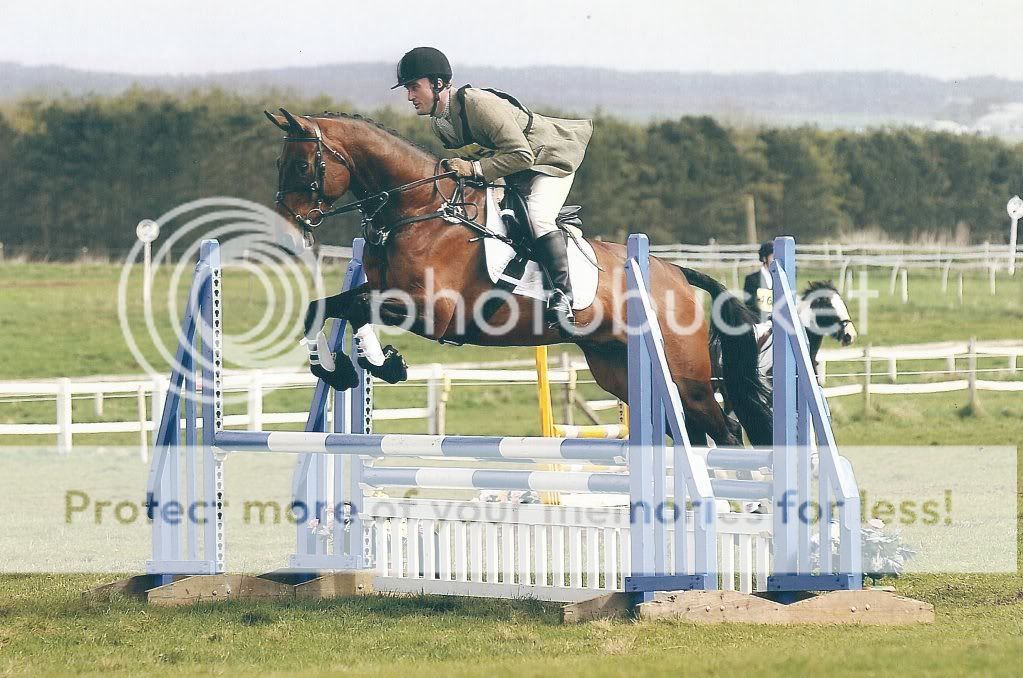charlie76
Well-Known Member
One of our horses is competing at BE novice level and was doing well last season but he does tend to jump a bit 'inverted' rather than basculing over a fence. He also finds shortening the canter quite difficult, if you get a shorter canter he tends to get in too deep esp to uprights and will have it down. This all means the SJ phase is pretty erratic and not the most pleasing to the eye although he gets round!
Any ideas on how to encourge the horse to make a better shape over his fences? The usual A frames don;t really help as he gets too much height and still doesn't jump with a particullary round back.
He is getting away with it at Novice level but he needs to improve before he moves up to intermediate.
Thanks
Any ideas on how to encourge the horse to make a better shape over his fences? The usual A frames don;t really help as he gets too much height and still doesn't jump with a particullary round back.
He is getting away with it at Novice level but he needs to improve before he moves up to intermediate.
Thanks



